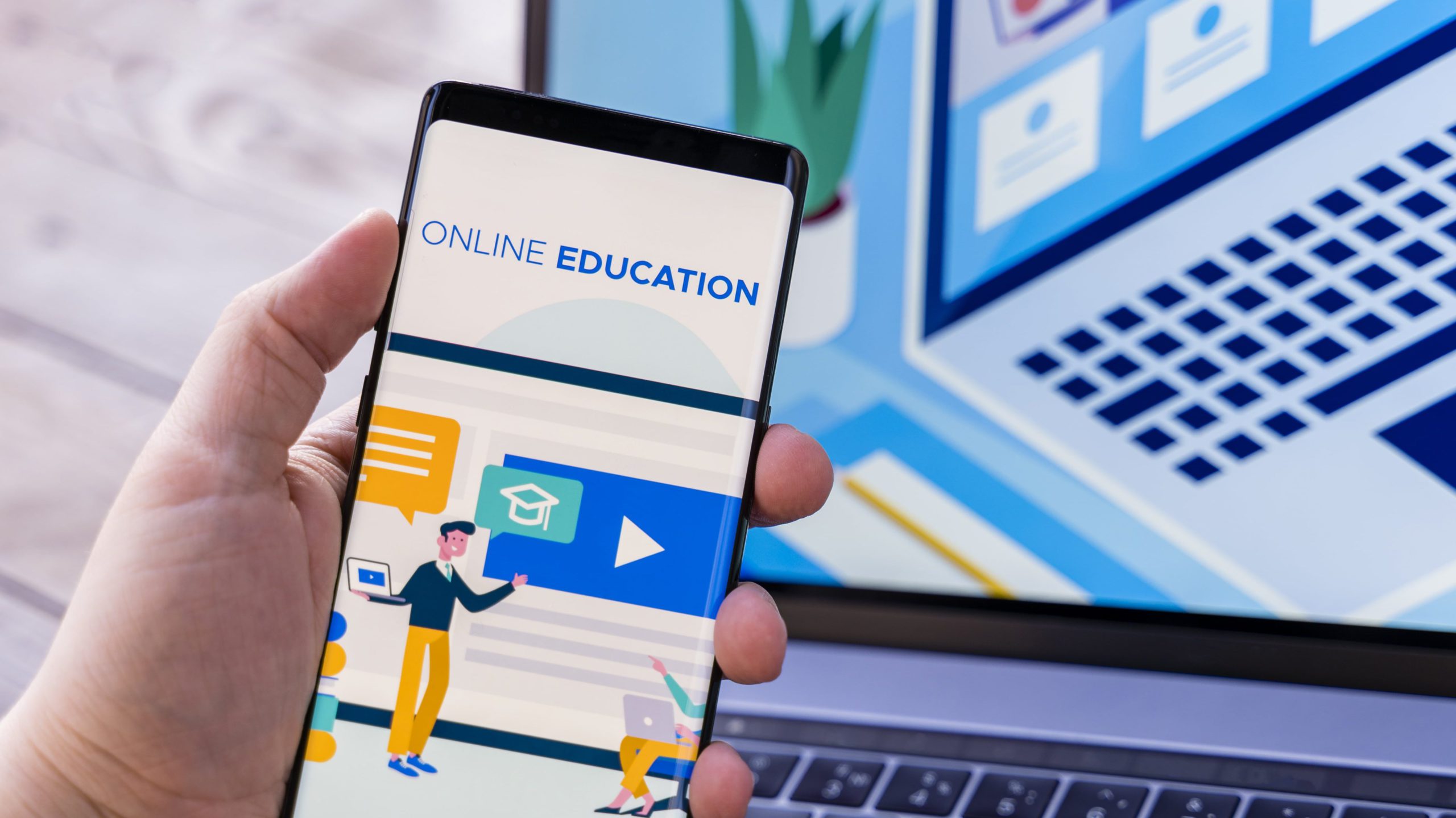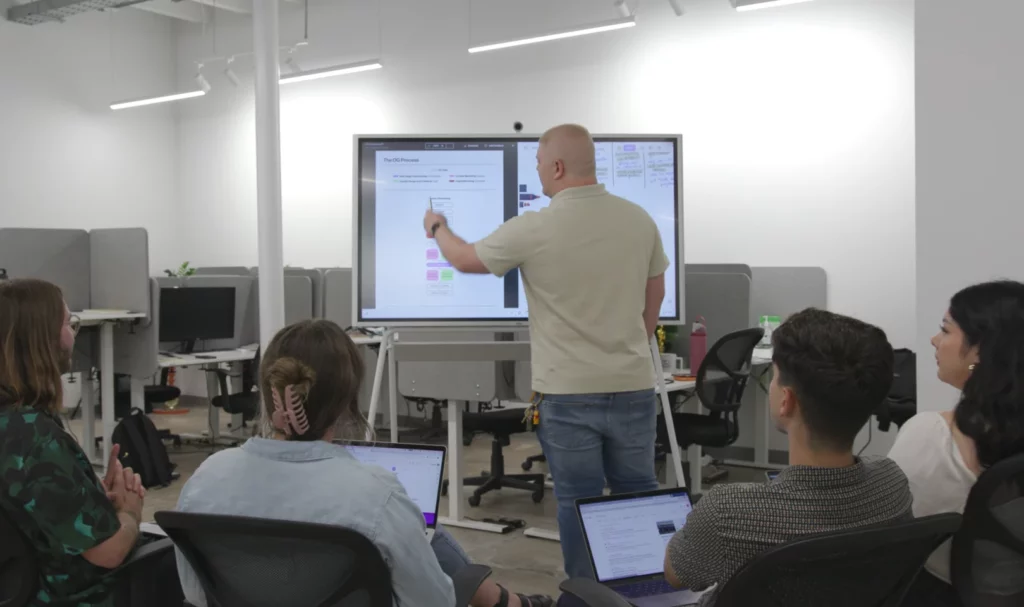Modern workplaces demand learning solutions that fit into increasingly busy schedules. Enter microlearning, a revolutionary new approach that’s transforming how organizations deliver training and how employees acquire new skills. This comprehensive guide explores everything you need to know about microlearning, from its core principles to practical implementation strategies that drive real results.

What is Microlearning?
Microlearning is a pedagogical approach that delivers educational and training content in small, focused segments typically lasting 2-10 minutes. Unlike traditional training methods that require hours of commitment, microlearning breaks complex topics into digestible chunks that learners can consume quickly and apply immediately. This method leverages tools like short videos, interactive quizzes, infographics, and other multimedia formats to create engaging learning experiences that fit easily into daily workflow loads.
The beauty of microlearning lies in its simplicity and accessibility. Rather than overwhelming learners with comprehensive courses, microlearning provides targeted information exactly when it’s needed. This just-in-time approach ensures that knowledge is both relevant and immediately applicable, making it particularly effective for busy professionals who need to upskill without disrupting their productivity.
Why is Microlearning so Effective?
Microlearning’s effectiveness stems from its alignment with how the human brain naturally processes and retains information. Research shows that our attention spans have decreased significantly in the digital age, making traditional long-form training less effective. Microlearning addresses this challenge by delivering content in bite-sized portions that match our cognitive capacity for focused learning.
The approach also leverages the psychological principle of spaced repetition, where information is reviewed at increasing intervals to strengthen memory retention. By breaking content into small modules that can be easily revisited, microlearning creates multiple touchpoints that reinforce learning and combat the forgetting curve. This repeated exposure helps transfer knowledge from short-term to long-term memory, resulting in better retention rates compared to traditional training methods.
The Powerful Benefits of Microlearning
Organizations worldwide are embracing microlearning because of its proven ability to enhance learning outcomes while reducing training costs and time commitments. The benefits extend beyond convenience, creating measurable improvements in employee performance that directly impact business results.
Greater Knowledge Retention
One of the most significant advantages of microlearning is its ability to significantly improve knowledge retention compared to traditional training methods. This dramatic improvement occurs because microlearning aligns with natural memory processes, delivering information in manageable chunks that the brain can effectively process and store. The bite-sized format prevents cognitive overload, allowing learners to fully absorb each concept before moving to the next. By presenting information in short modules that can be easily revisited, microlearning creates multiple opportunities for reinforcement.
Flexible, On-demand Learning
Modern learners demand flexibility, and microlearning delivers exactly that. The short duration of microlearning modules (typically just 2-10 minutes) makes it easy for employees to fit learning into their busy schedules without disrupting their workflow. Whether it’s during a coffee break, while commuting, or between meetings, microlearning provides learning opportunities that adapt to individual schedules rather than requiring dedicated training time. This flexibility is enhanced by mobile compatibility, as microlearning content is designed to work seamlessly across devices. Employees can access microlearning modules on smartphones, tablets, or computers, enabling truly on-the-go learning.

Higher Engagement Rates
Microlearning significantly outperforms traditional training in terms of learner engagement, with completion rates reaching 83% compared to just 20-30% for conventional courses (Source: e-learning industry). This dramatic difference occurs because microlearning modules are designed to capture and maintain attention through their brevity and interactive elements. When learners know they only need to commit a few minutes, they’re much more likely to start and complete the training.
Microlearning often incorporates gamification elements such as badges, leaderboards, and progress tracking that make learning feel more like entertainment than work. These interactive features tap into the same psychological drivers that make social media and mobile games addictive and fun, creating a learning experience that employees actually want to engage with. The result is higher participation rates, better completion rates, and more positive attitudes toward professional development.
Cost and Time Efficiency
From an organizational perspective, microlearning offers substantial cost and time savings compared to traditional training methods. Development time is reduced because creating short, focused modules requires fewer resources than comprehensive courses. This efficiency allows organizations to respond quickly to changing business needs and update training content without major investments in time or money. The delivery costs are equally impressive, as microlearning eliminates many expenses associated with traditional training. There’s no need for physical classroom or office space, printed materials, or extended time away from work. Employees can complete microlearning modules at their desks or on mobile devices, eliminating travel costs and minimizing productivity disruption.
Supports Personalized Learning
Microlearning excels at delivering personalized learning experiences that adapt to individual needs, preferences, and learning styles. Because each module focuses on a specific topic or skill, learners can choose the content most relevant to their role and current challenges. This targeted approach eliminates the frustration of sitting through irrelevant information and allows employees to build customized learning paths that align with their career goals.
The modular nature of microlearning also supports different learning paces and preferences. Fast learners can quickly progress through familiar topics, while those who need more time can revisit modules as needed without holding back others. This self-paced approach ensures that every learner can achieve mastery before moving forward, resulting in more effective skill development.
Challenges and Limitations of Microlearning
While microlearning offers numerous benefits, it’s important to understand its limitations and challenges to implement it effectively. Organizations must carefully consider these factors when designing microlearning programs to ensure they achieve their intended learning objectives.
Managing and Organizing Large Content Volumes
One of the primary challenges of microlearning is the sheer volume of content that organizations must create and manage. Because microlearning breaks topics into small segments, covering comprehensive subjects requires many individual modules. This multiplication of content pieces can quickly become overwhelming from an administrative perspective, requiring robust systems for organization, tracking, and maintenance.
The challenge extends beyond quantity to version control, quality assurance, and content updates. When organizations have hundreds or thousands of microlearning modules, ensuring that all content remains current and accurate becomes a significant undertaking. Successful microlearning implementation requires organized content management systems and clear organizational strategies to handle this complexity effectively.
Ensuring Consistency in Design and Delivery
Maintaining consistent quality, branding, and instructional design across numerous microlearning modules presents another significant challenge. When multiple team members contribute to content creation, variations in style, tone, and approach can create a disjointed learning experience. This inconsistency can undermine learner confidence and reduce the overall effectiveness of the microlearning program.
Organizations must invest in standardized templates, style guides, and review processes to ensure that all microlearning modules meet consistent quality standards and provide cohesive learning experiences.

Balancing Brevity with Depth of Detail
Perhaps the most fundamental challenge of microlearning is determining how much information to include in each module while maintaining the brief format that makes it effective. Complex topics often require nuanced explanations that can be difficult to compress into 2-10 minute segments without oversimplifying or omitting critical details. This balancing act requires careful instructional design to ensure that microlearning modules are both comprehensive enough to be useful and concise enough to maintain engagement. Organizations should work closely with subject matter experts to identify the essential information that can be effectively delivered through microlearning while recognizing when other approaches may be more appropriate.
5 Microlearning Examples
Understanding how microlearning works in practice helps organizations identify the best formats for their specific training needs. These examples demonstrate the versatility and effectiveness of different microlearning approaches across various industries and use cases.
1. Bite-sized Short Videos
Short videos, typically 2–7 minutes long, break down complex topics into visually delivered, easy-to-digest lessons. These microlearning modules can demonstrate step-by-step processes, showcase real-life scenarios, or explain key concepts using animation and narration. Learners benefit from the engaging format and can quickly revisit videos for on-demand refreshers.
2. Interactive Quizzes and Games
Interactive quizzes and games transform passive learning into an active experience by challenging users to apply their knowledge in real time. These microlearning tools often include multiple-choice questions, drag-and-drop activities, or scenario-based challenges, providing instant feedback to reinforce correct answers and address gaps. Gamification elements like points, badges, and leaderboards further motivate learners and increase course completion rates.
3. Infographics
Infographics use a blend of visuals, icons, and concise text to distill complex information into clear, memorable summaries. In microlearning, infographics can illustrate workflows, compare data, or highlight key statistics, making them ideal for quick reference during the workday. Their visual nature supports retention and allows learners to absorb and recall information more efficiently.
4. Short Scroll Pages
Short scroll pages present content in a vertical, mobile-friendly layout that mimics the way people browse social media feeds. These microlearning modules can combine text, images, video, and interactive elements, allowing learners to move through material at their own pace. This format is particularly effective for onboarding, product updates, or step-by-step guides that benefit from a narrative flow.
5. Audio Clips
Audio microlearning delivers concise lessons or podcasts, typically 3–10 minutes in length, that learners can listen to while multitasking or on the go. This format is ideal for reinforcing soft skills, leadership advice, or industry news, especially for those who prefer auditory learning. Audio clips make training accessible during commutes, workouts, or routine tasks, maximizing learning opportunities throughout the day.
Best Practices for Impactful Microlearning
Implementing effective microlearning requires more than simply breaking existing content into smaller pieces. Success depends on following proven best practices that maximize engagement, retention, and application of knowledge.
- Define Clear and Focused Objectives – Each microlearning module should target a single, specific learning objective that’s achievable within a short session. Focusing on one concept or skill per module helps prevent cognitive overload and ensures clarity for the learner. Well-defined objectives also make it easier to measure the effectiveness of each microlearning experience and align content with broader organizational goals.
- Keep Content Concise and Relevant – Microlearning thrives on brevity, so include only the most essential information needed to meet the learning objective. Modules should typically last 2–10 minutes, ensuring content is digestible and directly applicable to the learner’s role or challenge. Regularly review and update microlearning content to keep it fresh, valuable, and aligned with current needs.
- Leverage Interactivity and Multi-media – Use a mix of videos, audio, graphics, and interactive elements to engage different learning styles and boost retention. Interactivity—such as quizzes, clickable scenarios, or gamified tasks—turns passive learning into an active experience. Choose media formats that best support your learning goals, balancing engagement with simplicity and ease of use.
- Integrate with Broader Learning Paths – Microlearning modules work best when connected to larger learning journeys or blended learning strategies. Integrate them into structured pathways that build comprehensive skills, or combine with mentoring and hands-on practice for deeper learning. Ensure microlearning is accessible within daily workflows, supporting real-world application and continuous development.
Improve Learning Outcomes with Vibe Board S1

Most microlearning platforms excel at delivering flexible, on-demand training that learners can access anytime, anywhere, but they often confine learners to solo experiences that miss the powerful peer-to-peer learning opportunities where knowledge transforms into lasting, actionable skills through discussion and shared problem-solving. The Vibe Board S1 bridges this gap by transforming individual microlearning into dynamic team experiences on its 55-inch 4K display, where multiple team members can simultaneously interact with training content, annotate key insights, and build on each other’s understanding in real-time.
Vibe’s versatility supports all microlearning formats (from interactive quizzes and video content to infographics and collaborative exercises) while its seamless integration with over 250 popular apps and cloud services ensures your existing content becomes instantly more engaging. It transforms passive learners into active knowledge creators, with cloud sync capabilities that preserve collaborative insights across devices and extend meaningful learning conversations beyond formal training sessions, whether you’re delivering just-in-time training in conference rooms or creating immersive learning experiences in dedicated training spaces.
Ready to revolutionize your microlearning programs? Discover how the Vibe Board S1 can transform your training delivery and boost learning outcomes across your organization.





-1sbltxxq4FYxHrXrwJVLsCDNsXpqNa.webp)
-5Zp0pmSytvcuYDVs1LvuwplKuRneK0.webp)
